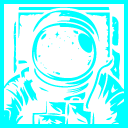
On July 26, 1971, Apollo 15 lifted off for the Apennine Mountains of the Moon. While this would be the fourth successful lunar landing after Apollo missions 11,12 and 14, it would also be a mission of many firsts. The crew of Apollo 15 consisted of veteran astronaut David R. Scott as commander. He had previously flown with Neil Armstrong on the Gemini 8 mission in 1966 and as Command Module Pilot on the Apollo 9 mission to test out the Lunar Module in 1969. For the other members of the Apollo 15 crew, Lunar Module Pilot James B. Irwin and Command Module Pilot Alfred M. Worden, this would be their first trip into space. Apollo 15 would be the first of the “J” series lunar missions. These missions featured the addition of a wheeled Lunar Roving Vehicle, as well as modified spacesuits to allow for greater mobility and longer moonwalks. The Lunar Module was also modified for longer stays on the Moon. Apollo 15 would land near Hadley Rille, in the Apennine Mountains area. This was a much more rugged area than any previous Apollo landing site.
The Apollo 15 Mission made history on July 30, 1971 when the Lunar Module Falcon landed, delivering the first wheeled vehicle to be driven by astronauts on the moon. This car that was made for the moon, was known as the Lunar Roving Vehicle, or more simply just as the “Rover”. The Rover was an open seat vehicle and was unpressurized. The astronauts would wear their space suits while riding in it. It had been quite a challenge for engineers to come up with a wheeled vehicle that could transport astronauts on the moon. First, the Lunar Rover would need to fold up to fit inside a triangular compartment on the descent stage of the Lunar Module. It would then need to be able to unfold and deploy its wheels on the Moon. Because of the lack of atmosphere and oxygen on the Moon, the Lunar Rover would be powered electrically by storage batteries. Since the rover was only meant to be used for three days, batteries were a sufficient power solution. Each wheel was independently driven by a quarter horsepower electric motor. The rover also needed to operate in extreme temperatures of up to 127 degrees Celsius. The wheels of the Rover were not pressurized with air, but were instead made of a wire mesh. Titanium chevrons covered 50% of the contact area to provide traction. Top speed on a smooth, level surface was about 12 kilometers per hour. The Rover would also feature four way steering, with both the front and back wheels able to steer the vehicle. This would prove handy on Apollo 15 since on the first day of driving, only the rear steering was functional.

On July 31, 1971, Commander Dave Scott became the first astronaut to drive on the Moon. An operational constraint on the use of the Rover was that the astronauts must be able to walk back to the Lunar Module if the vehicle were to fail at any time during the moonwalk. Maximum range driven from the Lunar Module was about 5 kilometers. During the entire mission, the Rover was driven a total of about 27 kilometers. Total driving time was 3 hours and 2 minutes. The Apollo 15 Rover bore a plaque, reading: “Man’s First Wheels on the Moon, Delivered by Falcon, July 30 1971″. Two more Lunar Rovers would make it to the Moon on Apollo Missions 16 and 17. All three rovers were left behind on the Moon and are still there today.

On August 7, 1971, the Apollo 15 Command Module Endeavour splashed down in the Pacific Ocean ending a truly historic mission of firsts. Time Magazine ran a cover story calling Apollo 15 “The Most Perilous Mission”, and in many ways it was. It featured the first landing in a very rugged area of the moon, the first driving on the moon, longer moonwalks, longer overall mission duration, and more experiments than ever before. Apollo 15 was also one of the most scientifically productive missions of the entire Apollo Program due to the extensive geology training of the astronauts.


Apollo 15 Command Module Pilot Alfred Worden was our guest at The Coca-Cola Space Science Center in 2011. You can also see many artifacts on Display at The Coca-Cola Space Science Center that were personally donated by Dave Scott through his brother Tom Scott. Included in these many items is an Apollo 15 patch that traveled to the moon in 1971.




